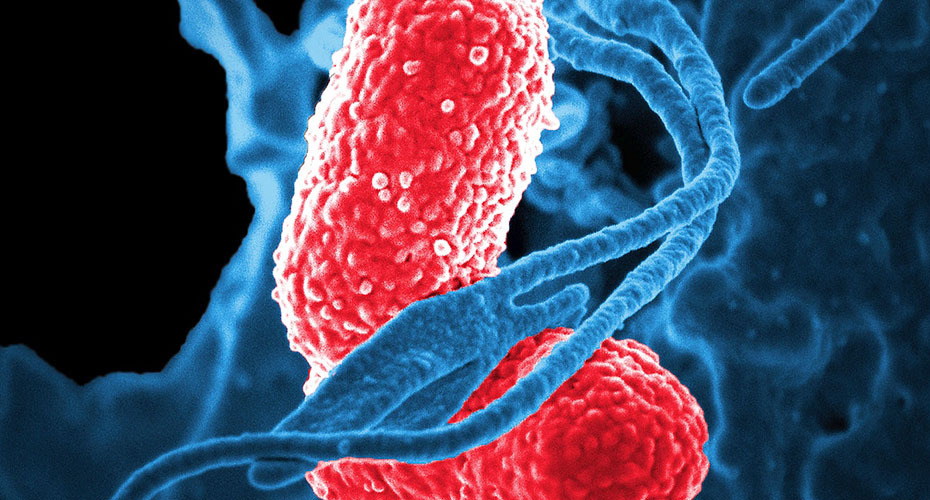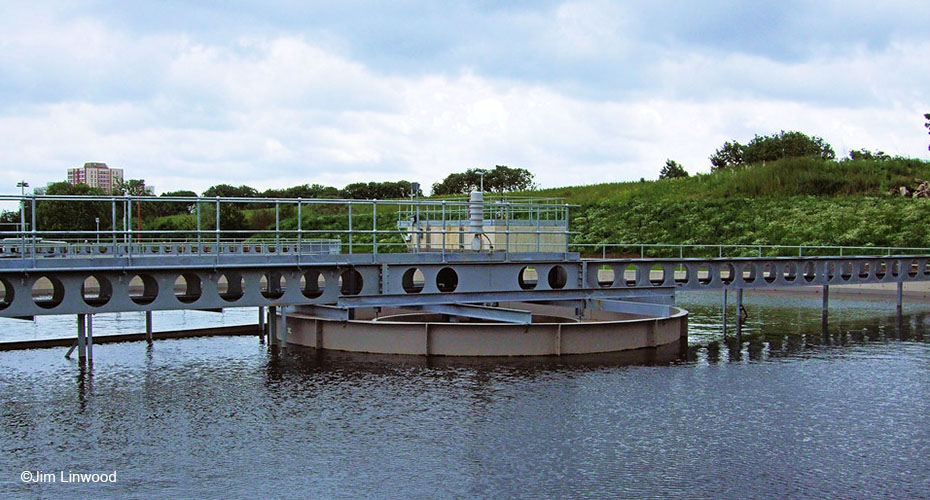Exploring understudied aspects of antimicrobial resistance evolution to improve environmental pollution policy
Research overview
Antimicrobial resistance (AMR) has been dubbed “the silent pandemic” that is predicted to become the leading cause of death worldwide by 2050, resulting in one death every three seconds. Already, bacterial AMR can be directly attributed to around 1.25 million deaths annually.
Antibiotics enter the natural environment daily, from a variety of sources. National and international governments and organisations, such as the UK Government and the WHO, have now recognised antibiotic pollution as a contributing factor in the rise of AMR worldwide. Despite this, release of antibiotics into the environment remains unregulated.
Key objectives
The project will generate data on the concentrations of antibiotics and antibiotic mixtures that increase AMR, which can be used as target threshold concentrations of antibiotics in the environment. It will also aim to understand the impact of evolutionary history on selection for AMR and how this may alter the efficacy of mitigation strategies that aim to reduce antibiotic exposure.
Impact
The data produced in this project will be of immediate use to policy makers, regulators, governments, and pharmaceutical and wastewater industries by informing threshold concentrations of antibiotics in wastewater and agricultural run-off. These data will contribute to development of appropriate and robust environmental quality standards for antibiotics and will be shared widely through existing and new key stakeholder collaborations. Ultimately, these findings will improve protection of the environment, human health, the global economy, and food security by limiting the development of AMR in the environment.

Now that it is becoming more widely accepted that antibiotics in the environment can increase levels of AMR, we need to know what concentrations of antibiotics are ‘safe’ to be released into the environment. Importantly, we also need to move beyond understanding effects of individual antibiotics to how they interact when present in mixtures, as found in the environment. This project will also begin to explore how reduction or removal of antibiotic exposures may affect AMR evolution in different environments.
Dr Aimee Murray
New papers will be linked here as soon as they are published.
To be updated
Prof William Gaze (University of Exeter)
Prof Angus Buckling (University of Exeter)
Dr Mario Recker (University of Exeter)
Prof Barbara Kasprzyk-Hordern (University of Bath)




